Q | My back hurts after yoga class. What gives?
A | You’re not alone. Back pain is the most common adverse effect associated with yoga, according to a 2014 study published in the International Journal of Yoga.
“It’s often a matter of trying to do too much too soon,” says Jan Johnson, LifePower Yoga department head at the Life Time Fitness club in St. Paul, Minn.
Flowing vinyasas often are thought of as back-pain cures, but for newbies or those trying to keep up with the flexible folks on mats nearby, yoga can increase the aches.
“Often, lower-back issues already exist, and poses such as cobra, upward dog, plow, forward fold, and backbend bring them to light,” Johnson explains.
Luckily, this problem usually has an easy solution: “Let your body be your guide,” she says. “Each movement should feel like a stretch, but not a strain.”
To build strength in the muscles that support the spine, she suggests incorporating the following moves into your daily routine.
Bridge Pose
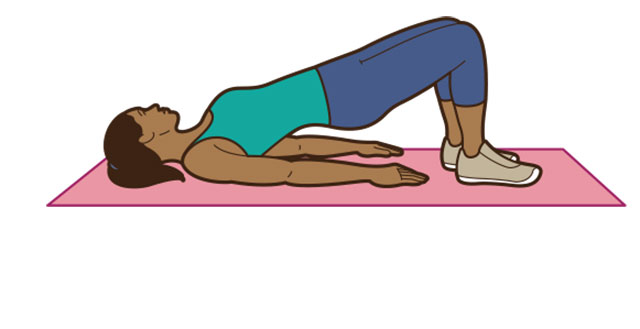
- Lie on your back with knees bent and feet on the floor, about hip width apart.
- Press your feet into the floor and raise your hips until your thighs are in a straight line with your torso. Focus on your core to maintain stability.
- Hold for a breath, then lower back to the starting position.
- Do eight to 12 reps.
Active Spinal Balance
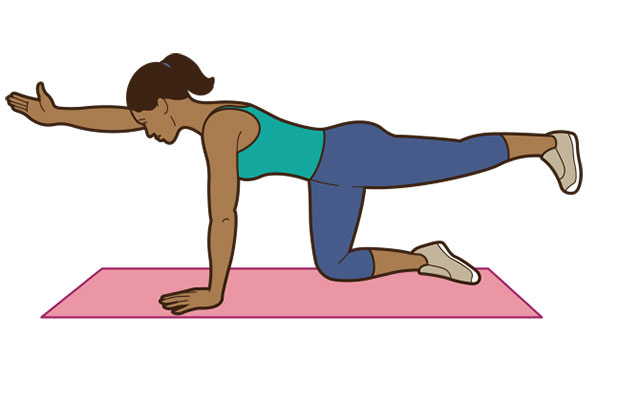
- Starting on all fours, lift your right arm with your thumb up and extend your left leg. Engage your core (this will help to avoid hyperextending your back). Keep your hips and shoulders square to the floor.
- Crunch your torso and draw your elbow and knee toward your belly button to bring them together.
- Extend your arm and leg to return to the starting position.
- Do eight to 12 reps, then switch sides and repeat.
Side Plank
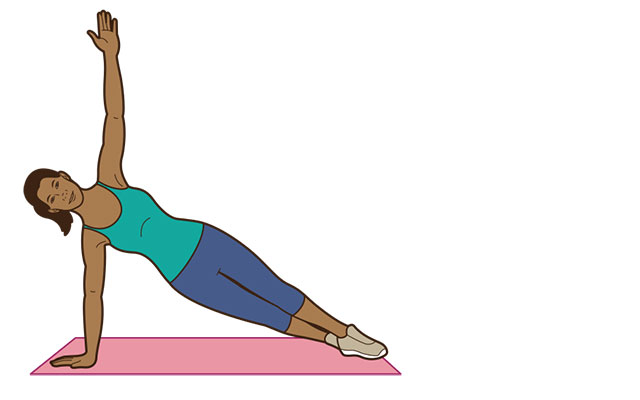
- Begin in basic plank position on hands and toes, with hips in line with shoulders and heels.
- Rotate onto your right hand, lifting your left arm toward the ceiling. Stagger your feet. If this is too challenging, lower your bottom knee to the floor while keeping your top leg extended.
- Work up to holding the pose for one minute. (That may mean starting with 10 seconds and progressing over time. Quality trumps quantity.)
- Switch sides and repeat.
Knee Hug
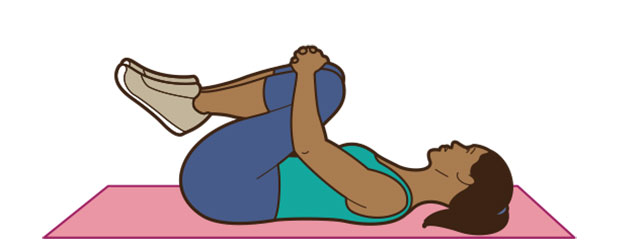
- Lie on your back and hug both knees to your chest, wrapping your arms only as far as you comfortably can. This should feel good.
- Hold for one minute.
- If you’re still experiencing pain or reduced range of motion after six weeks of regular practice, seek one-on-one guidance from an experienced yoga instructor, chiropractor, or medical professional.



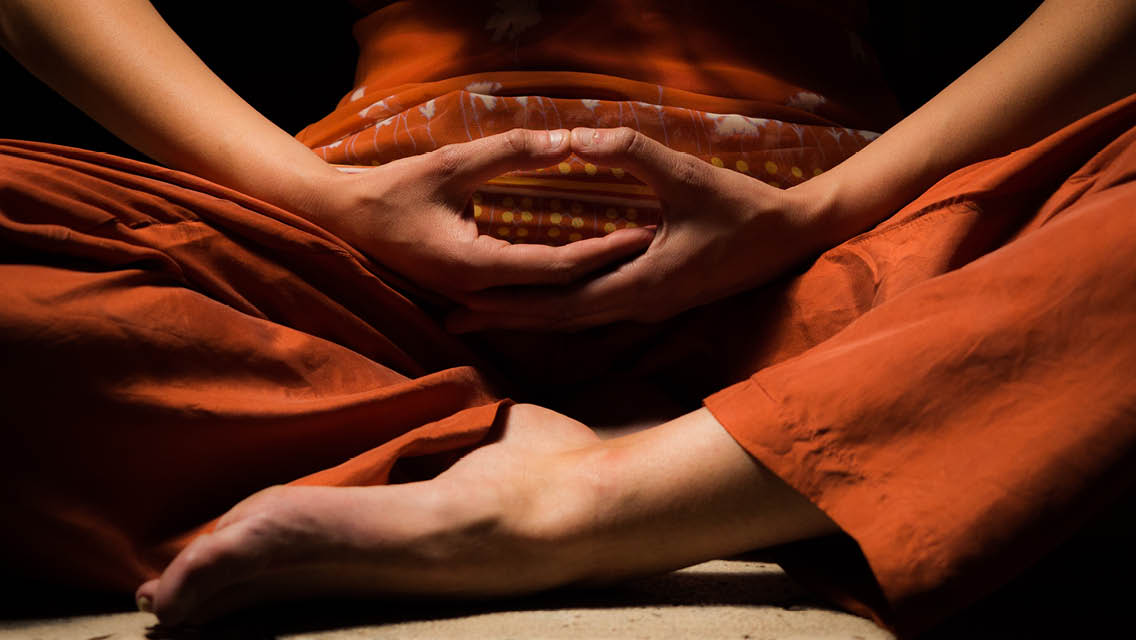
This Post Has 0 Comments